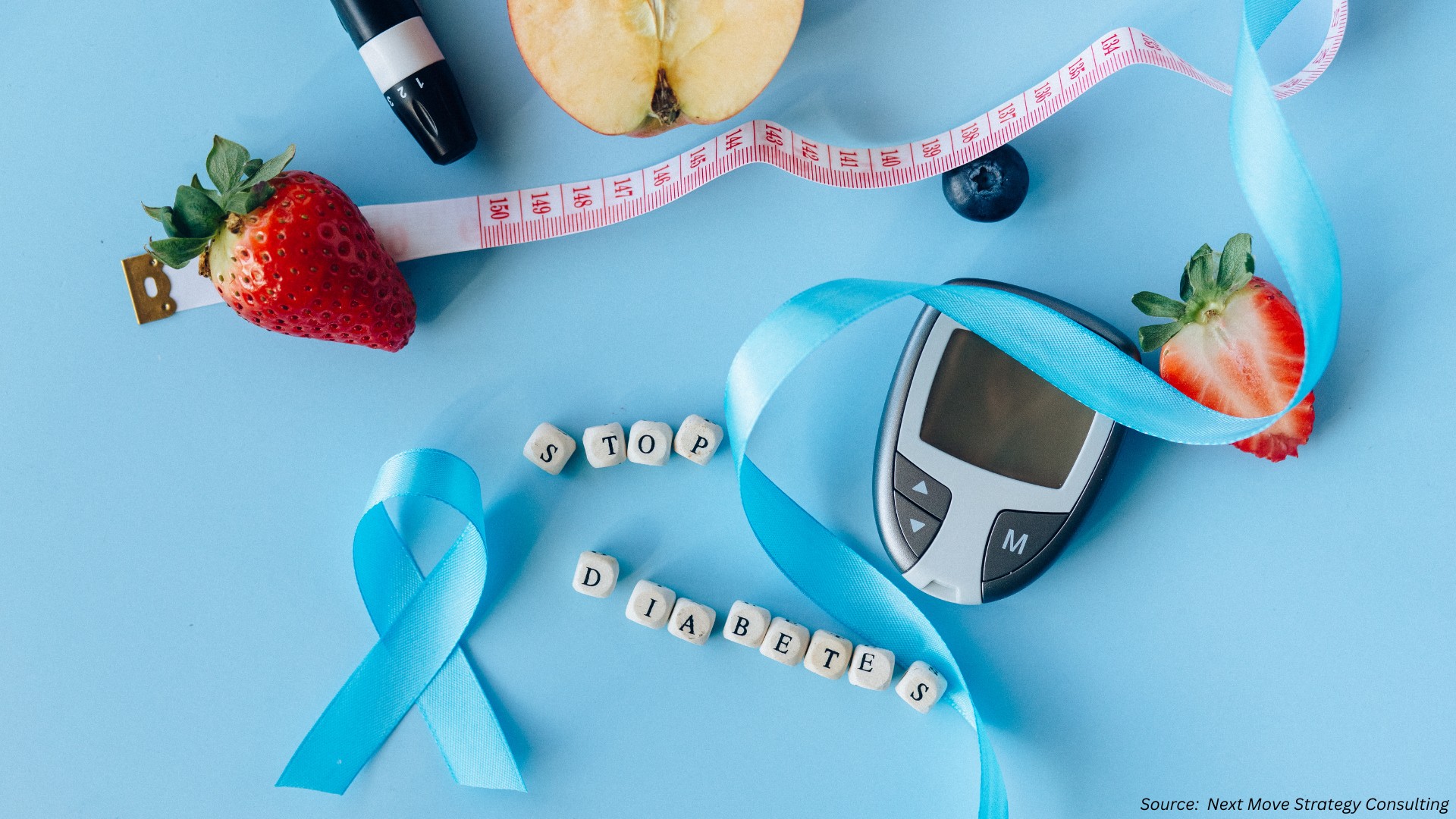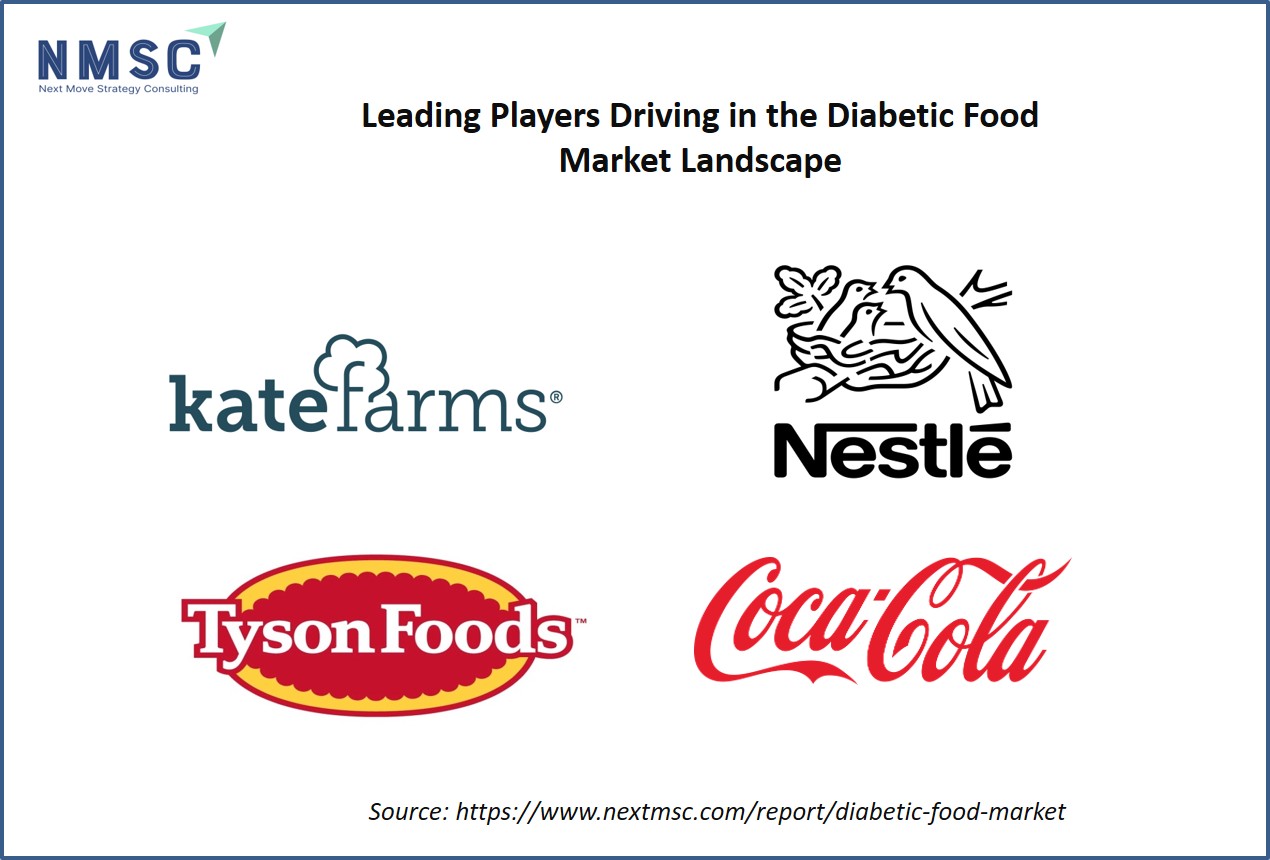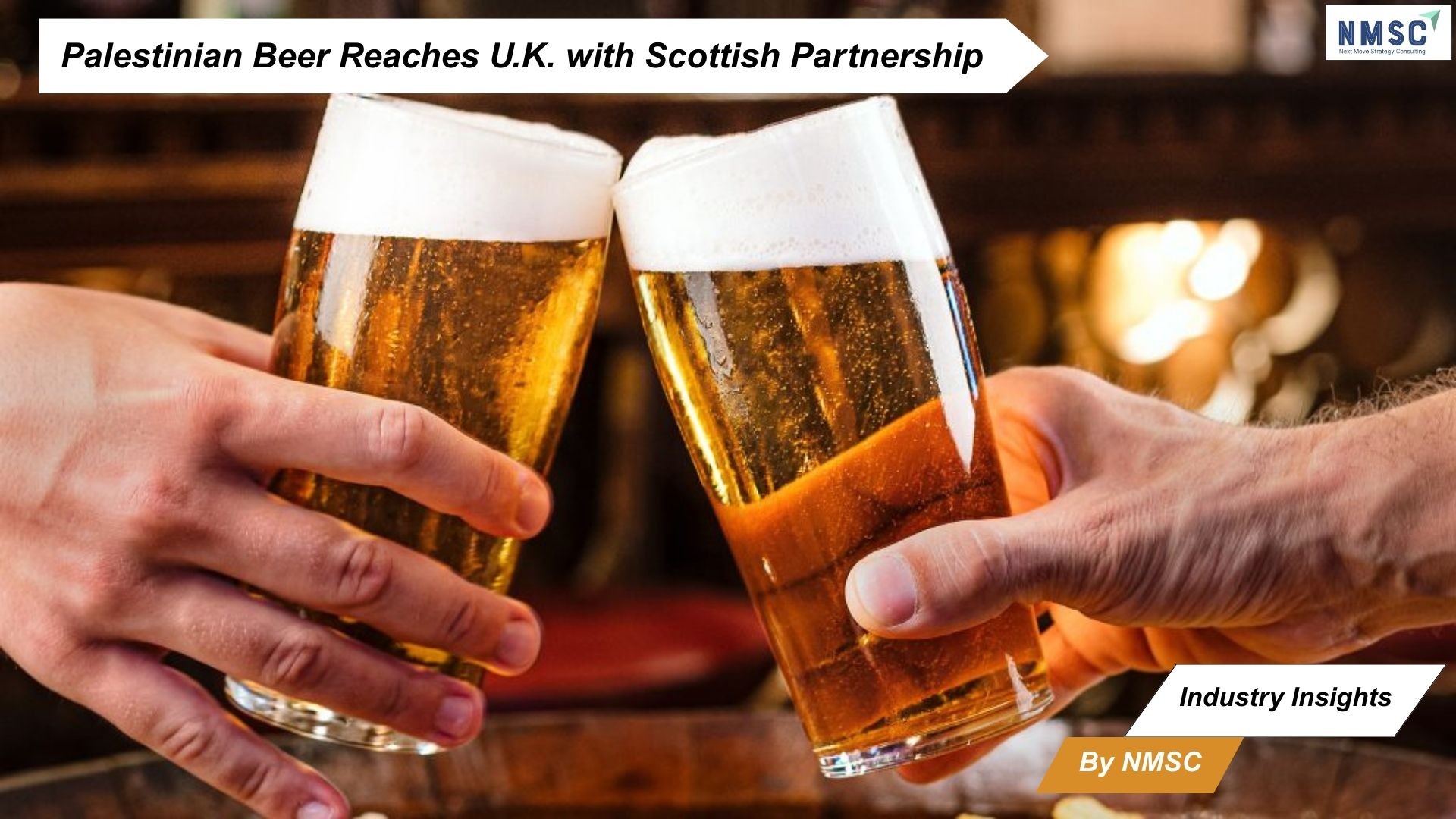Diabetic Food: Navigating Nutrition in a Growing Global Crisis
Published: 2025-09-17

By 2050, an estimated 1.3 billion people worldwide could be living with diabetes, and about three times that number—may face insulin resistance, including pre-diabetes. These staggering numbers, shared at Fortune’s Most Powerful Women International conference in Riyadh, highlight a global health crisis that demands smarter food choices and innovative tools. Meanwhile, the recognition of type 5 diabetes, a malnutrition-related form affecting 20-25 million people, underscores the diverse dietary challenges across populations.
Understanding Diabetes and Food’s Role
Diabetes is a chronic condition where the body struggles to regulate blood sugar, either due to insufficient insulin production or insulin resistance. The emergence of type 5 diabetes, identified by the International Diabetes Federation in 2025, highlights a unique challenge: malnutrition-related diabetes, primarily affecting lean, young individuals in low- and middle-income countries. Unlike type 2 diabetes, linked to obesity, type 5 stems from severe undernutrition, impairing insulin secretion.
According to the report by Next Move Strategy Consulting, the global Diabetic Food Market size is predicted to reach USD 19.38 billion by 2030 with a CAGR of 6.2% from 2022-2030.
Food plays a pivotal role in managing all forms of diabetes. For type 1 and type 2, balanced nutrition stabilizes blood sugar, while for type 5, addressing malnutrition is critical. Artificial intelligence is revolutionizing this space by offering personalized insights into how foods impact blood sugar levels.
Key Takeaways:
-
Diabetes affects blood sugar regulation, with types 1, 2, and newly recognized type 5 differing in causes.
-
Nutrition is central to managing diabetes, tailored to specific types.
-
Artificial intelligence tools provide real-time dietary guidance.
Who Are the Key Players Driving the Diabetic Food Market?
Major companies in the diabetic food market include Kate Farms, Glucose Health, Inc., Nestlé, Unilever, Mars Inc., Tyson Foods, The Hershey Company, The Kellogg Company, Fifty 50 Foods, Inc., and The Coca-Cola Company. These firms consistently introduce innovative products to strengthen their market presence and maintain leadership.
The Rise of AI in Diabetic Nutrition
Artificial intelligence is transforming how people with diabetes approach food. Noosheen Hashemi, CEO of January AI, shared at the Riyadh conference that AI can analyze a food’s nutritional content—protein, fiber, carbohydrates—by simply taking a picture. This technology predicts blood sugar responses, empowering users to make informed choices.
January AI’s app, built on data from 1,022 diverse participants, offers monitor-free blood sugar tracking. By integrating genomic data, lifestyle factors, and health metrics, it forecasts long-term health risks, enabling early interventions. This is particularly vital in regions like the Middle East, where lifestyle-related diabetes is prevalent.
Key Takeaways:
-
Artificial intelligence apps analyze food and predict blood sugar responses.
-
Personalized data integration enhances long-term health predictions.
-
Such tools are critical in high-risk regions.
Diabetic Food Choices: What to Eat
Choosing the right foods is essential for managing diabetes. Below is a guide based on AI-driven insights and nutritional principles for stable blood sugar:
|
Food Category |
Recommended |
Why It Helps |
|
Carbohydrates |
Whole grains |
Slow-release carbs |
|
Proteins |
Lean meats, fish, |
Supports muscle |
|
Fats |
Avocados, nuts, |
Healthy fats |
|
Fiber |
Vegetables (broccoli, |
Slows sugar |
For type 5 diabetes, calorie-dense, nutrient-rich foods are critical to address malnutrition. Examples include fortified grains, dairy, and protein-rich legumes, though treatment remains complex due to impaired insulin secretion.
Key Takeaways:
-
Focus on low-glycemic, nutrient-dense foods for blood sugar control.
-
Type 5 diabetes requires calorie-rich, balanced diets to combat malnutrition.
-
Artificial intelligence tools can guide real-time food choices.
Preventing Diabetes Through Food and Technology
Leah Cotterill of Cigna Healthcare emphasized that AI tools, combined with education, could curb this rise. Simple dietary shifts—reducing refined sugars, increasing fiber—can lower risk.
For type 5 diabetes, early diagnosis and nutritional interventions are crucial. Research by Dr. Meredith Hawkins at Albert Einstein College of Medicine shows that malnutrition-related diabetes requires unique treatments, as insulin therapy can be ineffective or harmful.
Key Takeaways:
-
Preventive diets focus on fiber, lean proteins, and healthy fats.
-
Early intervention is critical for type 5 diabetes.
-
Education and AI tools can reduce future diabetes prevalence.
Next Steps: Actionable Takeaways for Diabetic Nutrition
Managing diabetes through food is both accessible and impactful. Here are practical steps to start today:
-
Use AI Tools: Download apps like January AI to analyze meals and track blood sugar responses without invasive monitors.
-
Prioritize Low-Glycemic Foods: Choose whole grains, vegetables, and lean proteins to stabilize blood sugar.
-
Address Malnutrition: For type 5 diabetes, consult healthcare providers for nutrient-dense meal plans.
-
Stay Educated: Learn about your diabetes type and its dietary needs through credible sources like the International Diabetes Federation.
-
Monitor Progress: Regularly track health metrics with AI tools to predict and prevent complications.
Final Note: The rise of diabetes, including the newly recognized type 5, calls for smarter food choices and innovative tools. By leveraging AI and prioritizing nutrition, we can manage and prevent this global health challenge. Start small, stay informed, and take control of your health today.
About the Author
 Nitrishna Sonowal is a skilled SEO Executive and Content Writer with over 3 years of experience in the digital marketing industry. With a deep understanding of the ever-evolving digital landscape, she blends analytical insights with creative storytelling to deliver impactful digital solutions. She creates content that resonates with both clients and readers alike. Outside of work, she enjoys dancing, baking, and traveling to new places.
Nitrishna Sonowal is a skilled SEO Executive and Content Writer with over 3 years of experience in the digital marketing industry. With a deep understanding of the ever-evolving digital landscape, she blends analytical insights with creative storytelling to deliver impactful digital solutions. She creates content that resonates with both clients and readers alike. Outside of work, she enjoys dancing, baking, and traveling to new places.
About the Reviewer
 Sanyukta Deb is a skilled Content Writer and Digital Marketing Team Leader, specializing in online visibility strategies and data-driven campaigns. She excels at creating audience-focused content that boosts brand presence and engagement, while also pursuing creative projects and design interests.
Sanyukta Deb is a skilled Content Writer and Digital Marketing Team Leader, specializing in online visibility strategies and data-driven campaigns. She excels at creating audience-focused content that boosts brand presence and engagement, while also pursuing creative projects and design interests.

















Add Comment